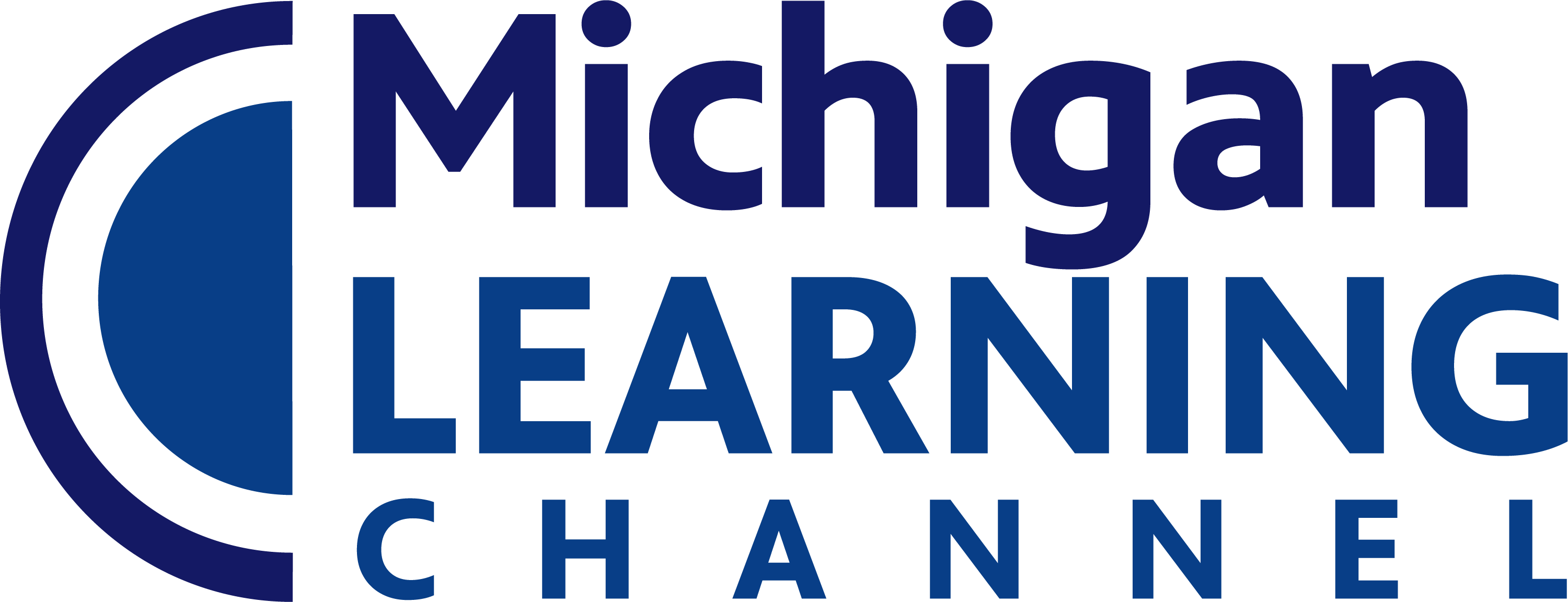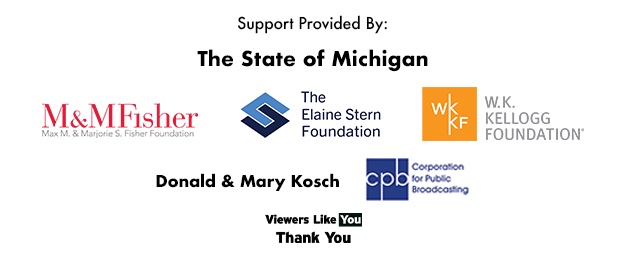Grades
Standard
Publish or present content that customizes the message and medium for their intended audiences.
Students use digital tools to broaden their perspectives and enrich their learning by collaborating with others and working effectively in [...]
Use digital tools to connect with learners from a variety of backgrounds and cultures, engaging with them in ways that [...]
Use collaborative technologies to work with others, including peers, experts, or community members, to examine issues and problems from multiple [...]
Contribute constructively to project teams, assuming various roles and responsibilities to work effectively toward a common goal.
Explore local and global issues and use collaborative technologies to work with others to investigate solutions.
Select and operate appropriate software to perform a variety of tasks, and recognize that users have different needs and preferences [...]
Students use digital tools to interact with others to develop a richer understanding of different perspectives and cultures.
Students use collaborative technologies to connect with others, including peers, experts and community members, to learn about issues and problems [...]
Students determine their role on a team to meet goals, based on their knowledge of technology and content, as well [...]
Students select collaborative technologies and use them to work with others to investigate and develop solutions related to local and [...]
Students leverage technology to take an active role in choosing, achieving, and demonstrating competency in their learning goals, informed by [...]
Articulate and set personal learning goals, develop strategies leveraging technology to achieve them, and reflect on the learning process itself [...]
Build networks and customize their learning environments in ways that support the learning process.
Use technology to seek feedback that informs and improves their practice and to demonstrate their learning in a variety of [...]
Understand the fundamental concepts of technology operations, demonstrate the ability to choose, use, and troubleshoot current technologies, and are able [...]
Students recognize the rights, responsibilities and opportunities of living, learning and working in an interconnected digital world, and they act [...]
Cultivate and manage their digital identity and reputation and are aware of the permanence of their actions in the digital [...]
Engage in positive, safe, legal, and ethical behavior when using technology, including social interactions online or when using networked devices.
Demonstrate an understanding of and respect for the rights and obligations of using and sharing intellectual property.
Manage their personal data to maintain digital privacy and security and are aware of data-collection technology used to track their [...]
Students critically curate a variety of resources using digital tools to construct knowledge, produce creative artifacts and make meaningful learning [...]
Plan and employ effective research strategies to locate information and other resources for their intellectual or creative pursuits.
Evaluate the accuracy, perspective, credibility, and relevance of information, media, data or other resources.
Curate information from digital resources using a variety of tools and methods to create collections of artifacts that demonstrate meaningful [...]
Build knowledge by actively exploring realworld issues and problems, developing ideas and theories, and pursuing answers and solutions.
Students use a variety of technologies within a design process to identify and solve problems by creating new, useful or [...]
Students make meaningful learning experiences for themselves and others. Students demonstrate and practice the ability to effectively utilize research strategies [...]
Students practice and demonstrate the ability to evaluate resources for accuracy, perspective, credibility and relevance.
Students locate and collect resources from a variety of sources and organize assets into collections for a wide range of [...]
Students explore real-world issues and problems and actively pursue an understanding of them and solutions for them.
Students use a variety of technologies within a design process to solve problems by creating new, useful or imaginative solutions.
Students engage in a design process and employ it to generate ideas, create innovative products or solve authentic problems.
Students select and use digital tools to support a design process and expand their understanding to identify constraints and trade-offs [...]
Students engage in a design process to develop, test and revise prototypes, embracing the cyclical process of trial and error [...]
Students demonstrate an ability to persevere and handle greater ambiguity as they work to solve open-ended problems.
Students develop and employ strategies for understanding and solving problems in ways that leverage the power of technological methods to [...]
Students practice defining problems to solve by computing for data analysis, modeling or algorithmic thinking.
Students find or organize data and use technology to analyze and represent it to solve problems and make decisions.
Students break problems into component parts, identify key pieces and use that information to problem solve.
Students demonstrate an understanding of how automation works and use algorithmic thinking to design and automate solutions.
Students communicate clearly and express themselves creatively for a variety of purposes using the platforms, tools, styles, formats and digital [...]
Students select appropriate platforms and tools to create, share and communicate their work effectively.
Students create original works or responsibly repurpose other digital resources into new creative works.
Students communicate complex ideas clearly using various digital tools to convey the concepts textually, visually, graphically, etc
Students publish or present content designed for specific audiences and select platforms that will effectively convey their ideas to those [...]
Students use digital tools to broaden their perspectives and enrich their learning by collaborating with others and working effectively in [...]
Students recognize and utilize the features and functions of a variety of creation or communication tools.
Student create original works and learn strategies for remixing or repurposing to create new artifacts.
Students create digital artifacts to communicate ideas visually and graphically.
Grades
Standard
Publish or present content that customizes the message and medium for their intended audiences.
Students use digital tools to broaden their perspectives and enrich their learning by collaborating with others and working effectively in [...]
Use digital tools to connect with learners from a variety of backgrounds and cultures, engaging with them in ways that [...]
Use collaborative technologies to work with others, including peers, experts, or community members, to examine issues and problems from multiple [...]
Contribute constructively to project teams, assuming various roles and responsibilities to work effectively toward a common goal.
Explore local and global issues and use collaborative technologies to work with others to investigate solutions.
Select and operate appropriate software to perform a variety of tasks, and recognize that users have different needs and preferences [...]
Students use digital tools to interact with others to develop a richer understanding of different perspectives and cultures.
Students use collaborative technologies to connect with others, including peers, experts and community members, to learn about issues and problems [...]
Students determine their role on a team to meet goals, based on their knowledge of technology and content, as well [...]
Students select collaborative technologies and use them to work with others to investigate and develop solutions related to local and [...]
Students leverage technology to take an active role in choosing, achieving, and demonstrating competency in their learning goals, informed by [...]
Articulate and set personal learning goals, develop strategies leveraging technology to achieve them, and reflect on the learning process itself [...]
Build networks and customize their learning environments in ways that support the learning process.
Use technology to seek feedback that informs and improves their practice and to demonstrate their learning in a variety of [...]
Understand the fundamental concepts of technology operations, demonstrate the ability to choose, use, and troubleshoot current technologies, and are able [...]
Students recognize the rights, responsibilities and opportunities of living, learning and working in an interconnected digital world, and they act [...]
Cultivate and manage their digital identity and reputation and are aware of the permanence of their actions in the digital [...]
Engage in positive, safe, legal, and ethical behavior when using technology, including social interactions online or when using networked devices.
Demonstrate an understanding of and respect for the rights and obligations of using and sharing intellectual property.
Manage their personal data to maintain digital privacy and security and are aware of data-collection technology used to track their [...]
Students critically curate a variety of resources using digital tools to construct knowledge, produce creative artifacts and make meaningful learning [...]
Plan and employ effective research strategies to locate information and other resources for their intellectual or creative pursuits.
Evaluate the accuracy, perspective, credibility, and relevance of information, media, data or other resources.
Curate information from digital resources using a variety of tools and methods to create collections of artifacts that demonstrate meaningful [...]
Build knowledge by actively exploring realworld issues and problems, developing ideas and theories, and pursuing answers and solutions.
Students use a variety of technologies within a design process to identify and solve problems by creating new, useful or [...]
Students make meaningful learning experiences for themselves and others. Students demonstrate and practice the ability to effectively utilize research strategies [...]
Students practice and demonstrate the ability to evaluate resources for accuracy, perspective, credibility and relevance.
Students locate and collect resources from a variety of sources and organize assets into collections for a wide range of [...]
Students explore real-world issues and problems and actively pursue an understanding of them and solutions for them.
Students use a variety of technologies within a design process to solve problems by creating new, useful or imaginative solutions.
Students engage in a design process and employ it to generate ideas, create innovative products or solve authentic problems.
Students select and use digital tools to support a design process and expand their understanding to identify constraints and trade-offs [...]
Students engage in a design process to develop, test and revise prototypes, embracing the cyclical process of trial and error [...]
Students demonstrate an ability to persevere and handle greater ambiguity as they work to solve open-ended problems.
Students develop and employ strategies for understanding and solving problems in ways that leverage the power of technological methods to [...]
Students practice defining problems to solve by computing for data analysis, modeling or algorithmic thinking.
Students find or organize data and use technology to analyze and represent it to solve problems and make decisions.
Students break problems into component parts, identify key pieces and use that information to problem solve.
Students demonstrate an understanding of how automation works and use algorithmic thinking to design and automate solutions.
Students communicate clearly and express themselves creatively for a variety of purposes using the platforms, tools, styles, formats and digital [...]
Students select appropriate platforms and tools to create, share and communicate their work effectively.
Students create original works or responsibly repurpose other digital resources into new creative works.
Students communicate complex ideas clearly using various digital tools to convey the concepts textually, visually, graphically, etc
Students publish or present content designed for specific audiences and select platforms that will effectively convey their ideas to those [...]
Students use digital tools to broaden their perspectives and enrich their learning by collaborating with others and working effectively in [...]
Students recognize and utilize the features and functions of a variety of creation or communication tools.
Student create original works and learn strategies for remixing or repurposing to create new artifacts.
Students create digital artifacts to communicate ideas visually and graphically.


